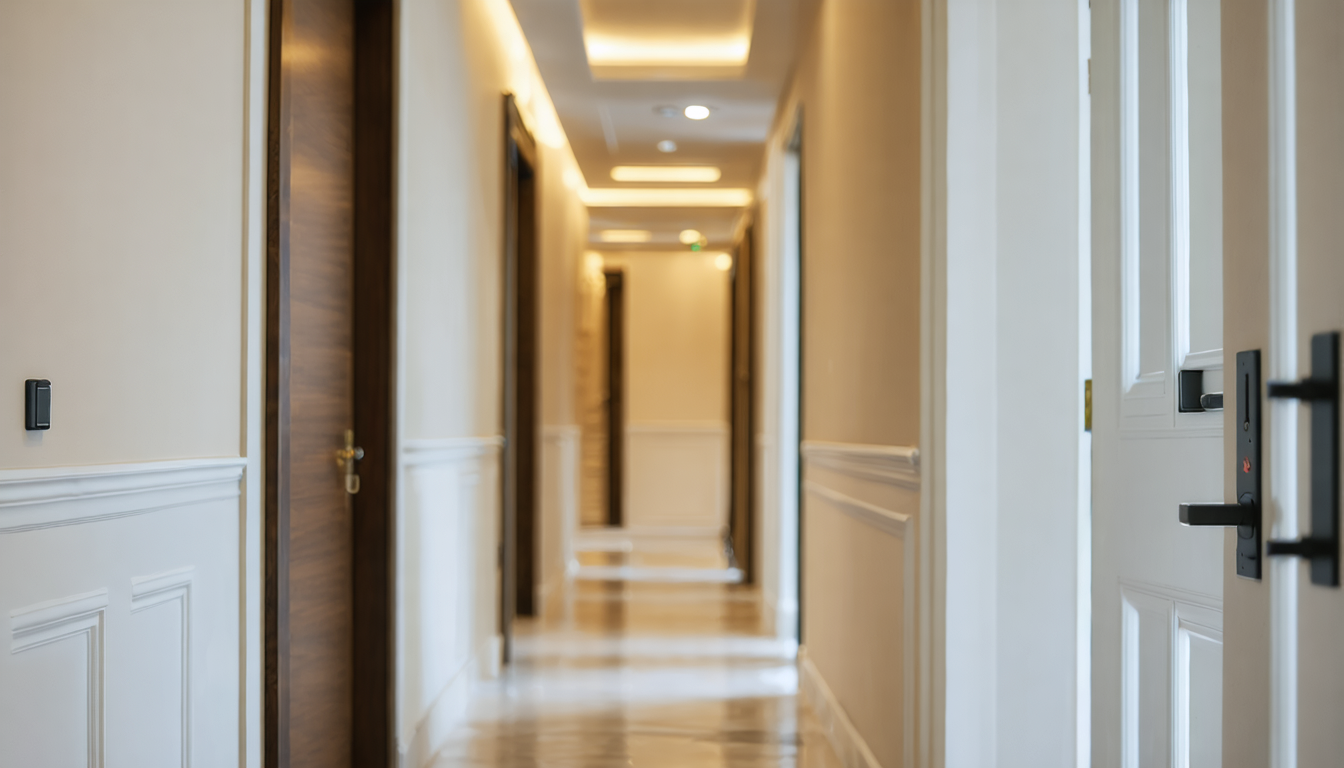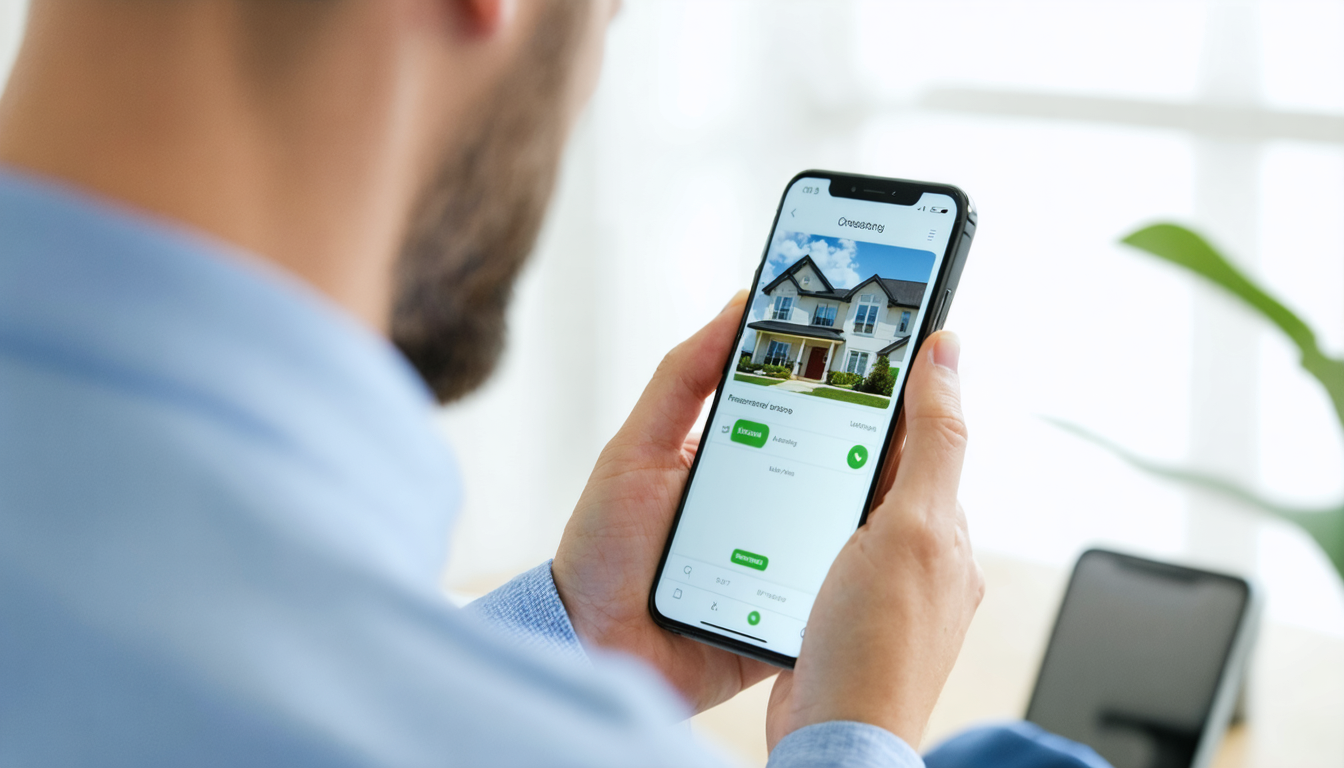- Smart Monitoring Systems for Early Hazard Detection
- IoT Devices for Real-Time Property Management
- Data Analytics in Risk Assessment and Premium Calculation
- Mobile Apps for Tenant Safety and Communication
- Cloud-Based Documentation for Insurance Claims
- AI-Powered Predictive Maintenance Solutions
- Cybersecurity Measures for Building Management Systems
- Digital Inspection Tools for Compliance Verification
- Weather Monitoring Technology for Disaster Preparedness
- Blockchain Applications for Insurance Policy Transparency
- Conclusion
1. Smart Monitoring Systems for Early Hazard Detection
Smart monitoring systems represent the first line of defense against potential disasters in apartment buildings. These sophisticated networks of sensors can detect smoke, water leaks, carbon monoxide, and unusual temperature fluctuations before they escalate into major problems.
Modern smoke detection systems not only alert residents but can automatically notify building management and emergency services. Water leak detectors placed in bathrooms, kitchens, and near water heaters can identify leaks before they cause structural damage or mold growth.
When integrated with building management systems, these monitors can even automatically shut off water supplies when leaks are detected. The financial benefits are substantial—early detection can reduce insurance claims by up to 25% according to industry studies, potentially leading to lower premiums for building owners who invest in these technologies.

2. IoT Devices for Real-Time Property Management
The Internet of Things (IoT) has transformed property management through interconnected devices that provide real-time monitoring and control capabilities. Smart thermostats, lighting systems, and security cameras now offer property managers unprecedented visibility into building operations.
IoT-enabled door locks and access control systems enhance security while generating valuable data about building usage patterns. Smart utility meters help identify consumption anomalies that might indicate problems like water leaks or electrical issues.
These systems create comprehensive digital footprints of building operations that demonstrate proactive management to insurers. Buildings with robust IoT infrastructure often qualify for insurance discounts due to their enhanced risk management capabilities.
3. Data Analytics in Risk Assessment and Premium Calculation
Insurance companies increasingly rely on sophisticated data analytics to assess risks and calculate premiums for apartment buildings. By analyzing historical claims data, building specifications, location-based risk factors, and maintenance records, insurers can develop more accurate risk profiles.
Predictive analytics models can identify patterns that human analysts might miss, such as correlations between certain building features and specific types of claims. This allows for more personalized insurance offerings based on a building’s unique risk profile rather than broad categorizations.
Property owners who maintain comprehensive digital records of maintenance, upgrades, and safety measures can leverage this data to negotiate better insurance terms by demonstrating their commitment to risk reduction.

4. Mobile Apps for Tenant Safety and Communication
Mobile applications have become essential tools for enhancing tenant safety and facilitating communication during emergencies. These apps allow property managers to send instant alerts about weather events, maintenance issues, or security concerns directly to residents’ smartphones.
Many modern tenant apps include features that allow tenants to report maintenance requests, access building resources, or receive reminders about building regulations and safety protocols.
5. Cloud-Based Documentation for Insurance Claims
The use of cloud-based documentation streamlines the insurance claims process for apartment buildings. Property managers can store and manage critical documents, such as leases, inspections, and maintenance records, on secure cloud platforms.
This accessibility allows for quicker gathering of necessary information when claims arise, ultimately expediting the approval process and minimizing disruptions.
6. AI-Powered Predictive Maintenance Solutions
AI-powered predictive maintenance solutions leverage machine learning algorithms to analyze data from building systems and equipment. By predicting when a component may fail, property managers can address issues proactively, minimizing costly repairs and reducing the risk of insurance claims.
Implementing predictive maintenance not only protects assets but also enhances tenant satisfaction.
7. Cybersecurity Measures for Building Management Systems
As apartment buildings increasingly adopt smart technologies, the potential for cyber threats also rises. Robust cybersecurity measures are vital to protect sensitive data and the operational integrity of building management systems.
Implementing firewalls, encryption, and regular security audits ensures that property management systems are safeguarded against breaches that can lead to financial losses and regulatory fines.
8. Digital Inspection Tools for Compliance Verification
Digital inspection tools have revolutionized compliance verification for apartment buildings. Property managers can utilize tablet and mobile technologies to streamline the inspection process, capturing data and photographs on-site.
This efficient documentation is essential for maintaining compliance with local regulations and ensuring that properties meet safety standards.
9. Weather Monitoring Technology for Disaster Preparedness
Weather monitoring technology provides apartment building managers with up-to-the-minute information about severe weather conditions. Using advanced forecasting tools, property managers can make informed decisions about necessary precautions, such as securing outdoor areas or preparing emergency supplies.
This proactive approach helps mitigate potential damage and contributes to a safer living environment.

10. Blockchain Applications for Insurance Policy Transparency
Blockchain technology offers unprecedented transparency in the insurance industry. By utilizing blockchain for insurance policies, property owners can ensure that all transactions are recorded, verifiable, and secure.
This technology not only enhances trust between insurers and clients but also simplifies the process of making claims, as all pertinent information is readily accessible.
Conclusion
In conclusion, the integration of technology in apartment building insurance management provides numerous advantages in risk mitigation and operational efficiency. By leveraging smart monitoring, IoT devices, data analytics, and other innovations, property owners can lower their insurance costs while enhancing safety and compliance.
Adopting these technologies represents a forward-thinking approach that ultimately benefits both insurers and tenants alike.
